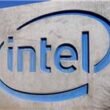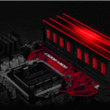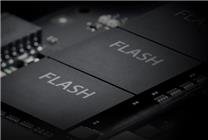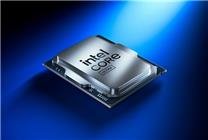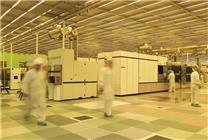Summary:
- Samsung faces challenges in the DRAM and NAND flash memory markets as competition intensifies.
- SK Hynix has overtaken Samsung in DDR5 and HBM memory segments, marking a shift in market leadership.
- Issues with Samsung’s QLC flash memory technology have delayed mass production and raised quality concerns.
Samsung’s Memory Market Challenges: A Closer Look
In the dynamic landscape of memory chip manufacturing, Samsung has long stood as the dominant player globally, holding the titles of the largest DRAM and NAND flash memory supplier. However, recent developments reveal that the company is facing significant challenges that could impact its market position and revenue.
The Rise of SK Hynix
The competitive landscape has shifted considerably as SK Hynix has gained ground, particularly in the DDR5 memory segment. During this critical period of technological advancement, Samsung has encountered setbacks, particularly in high-bandwidth memory (HBM). This change has resulted in SK Hynix outpacing Samsung for two consecutive quarters, marking a noteworthy transition in memory market leadership after decades of Samsung’s dominance.
Flash Memory Woes
Samsung’s struggles have also extended into the realm of flash memory. The company has been working on its ninth-generation V9 flash memory, which boasts an impressive 280-layer stack. While mass production of TLC (Triple-Level Cell) flash memory began in April of the previous year, the rollout of V9 QLC (Quad-Level Cell) flash memory has met significant hurdles. Initially expected to enter full production in September 2024, recent quality control issues have pushed this timeline to at least the first half of 2026.
Quality defects in Samsung’s QLC flash memory technology have emerged as a major concern. These issues have been linked to performance degradation and latency problems, creating a precarious position for Samsung in a market that increasingly favors high-capacity and lower-cost solutions.
The Importance of QLC Technology
QLC flash memory technology is in high demand, especially as various sectors, particularly artificial intelligence (AI), drive a need for higher storage capacities and improved performance at a reduced cost. The fact that Samsung’s flagship QLC offerings remain stagnant, largely limited to the older V7 generation, places the company at a disadvantage. Meanwhile, SK Hynix has announced successful mass production of its 321-layer QLC flash memory, achieving doubled interface speeds and significant improvements in write and read performance.
Future Implications
As competition heats up, Samsung’s current predicament raises serious questions about its long-term strategy and market share. The inability to navigate these challenges effectively could adversely affect its revenue and overall position in the memory market. In contrast, SK Hynix’s advancements in QLC technology and aggressive production strategies hint at a potential shift in consumer preference towards their products.
In conclusion, while Samsung has historically been a titan in the memory space, the company must adapt to the rapidly changing landscape characterized by fierce competition and evolving consumer demands. Its focus on resolving quality issues and enhancing technological capabilities will be critical in reclaiming its status as the leading memory supplier.



